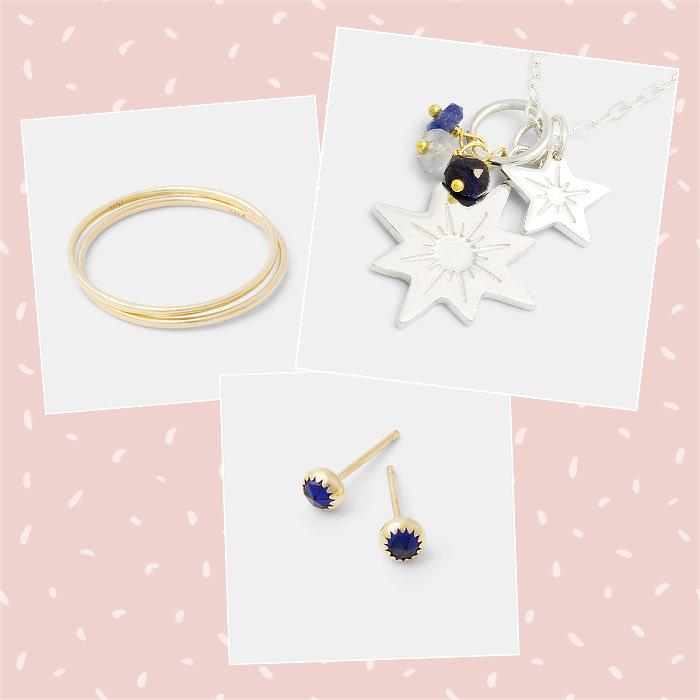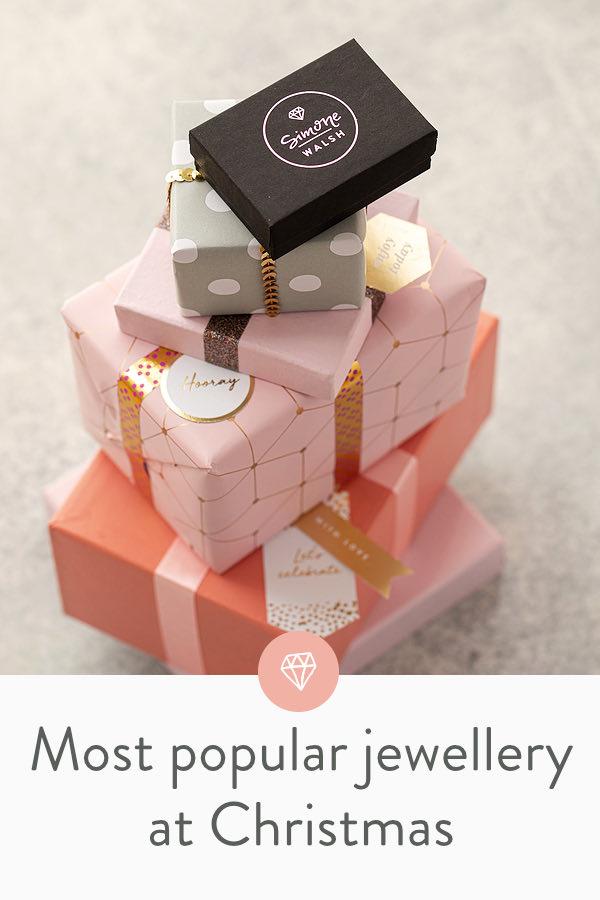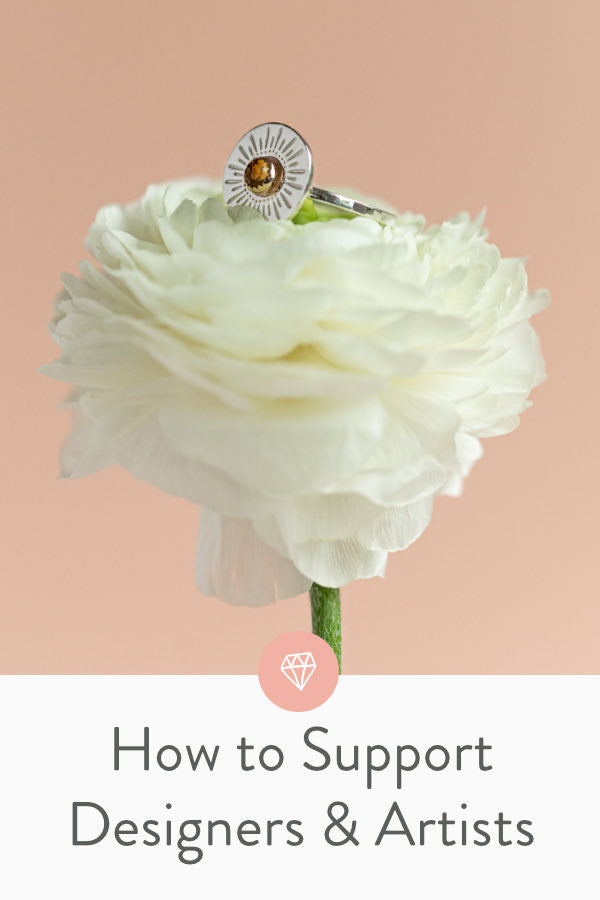 A few years back I read an article in an Australian magazine about handmade jewellery which indicated that a price of $19 was decadent for a pair of simple, Australian handmade earrings.
A few years back I read an article in an Australian magazine about handmade jewellery which indicated that a price of $19 was decadent for a pair of simple, Australian handmade earrings.
The article gave me a lot of food for thought.
It made me think about how designers and crafters who are just starting out very often don't have a handle on how to professionally price their products to work towards building a successful and sustainable business.
The article also made me consider that some customers of small shops and indie designers simply don't understand what goes into this sort of business. Often customers are used to buying very cheaply made mass-produced imports, many of which are created in pretty grim circumstances.
So I thought I'd write this article to shed some light on the business of indie design and why it's important to pay what such products are really worth.
A decadent price tag?
To check that my thoughts on the article were warranted, I did a rough calculation based on that 'decadent' price tag of $19 to see what the reality might be.
I factored in very conservative overhead costs, a rough estimate of materials costs and a margin to sell the design at wholesale. Designers of course need to earn a living as well as cover their costs, so I added in the average Australian income (which designer/makers are just as entitled to earn as anyone else).
Related articles
What I came up with was the figure of 100 sales at retail or 200 sales at wholesale every single week of a similar item to simply cover costs and make the average income. That's between 5200 to 10,400 units sold every year.
A designer in a micro business who hand makes what they sell would struggle to keep up with that sales volume, even if they were able to attract enough customers.
Plus of course they'd need to somehow find the time to do the marketing involved in finding those customers in the first place, find time to do markets, pack orders, run a website, attend to their admin tasks, have a life (!), etc..
What's the solution?
The obvious and easiest option would be to up the price substantially and aim to sell a lot fewer products to earn enough income from them. Another option might be to outsource work to a country where labour costs are vastly lower (which will probably still add to production costs and require a price increase anyway).
There is nothing wrong with outsourcing production of finished designs, provided it's done in an ethical and sustainable way (some of our own components are made this way), but it does change the nature of the business: you can't both want to buy entirely locally handmade products while also expecting those products to be very inexpensive.
Apart from showing that $19 is far from a decadent price tag for even a very simple handmade item in Australia, my calculations are also a good illustration that making very basic designs assembled from mass-produced components is unlikely to build a successful and sustainable indie business in the longer term.
Shop small: celebrate & support local makers and designers
While the article I read praised the ethics behind buying handmade and from indie businesses, and it encouraged readers to support Australian designers in particular, there was an expectation of pricing which very few Australian designers could make a viable living from.
Being truly supportive of independent designers and small shops means embracing the fact that that we need to generate enough income from our businesses to get by in our local economy.
If you're shopping from local designers always bear in mind that their cost of living is likely to be much the same as your own. If designers aren't able to make enough income to get by, then we will have to find other work and the businesses you love will simply disappear.
Indie designers and artisans should be celebrated for their skills and knowledge, the uniqueness of their products and for keeping these sorts of creative, micro businesses alive in your community (and all of the benefits that come from doing so).
Celebrating cheapness will ultimately kill off small shops and indie design businesses. Please don't do it.
PS. If you're a maker or designer (or run another sort of micro business) and you're not sure about what pricing formula to use to professionally price what you do, check out my very comprehensive article: Professional pricing for crafters and independent designers.
A version of this article was published in Jeweller's Trade magazine, August 2012 - now Jewellery World
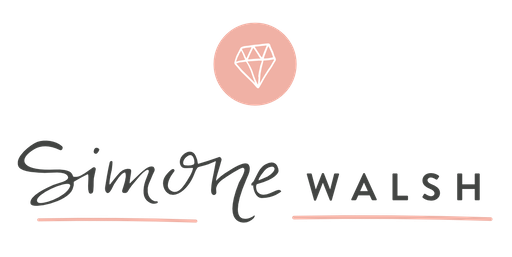
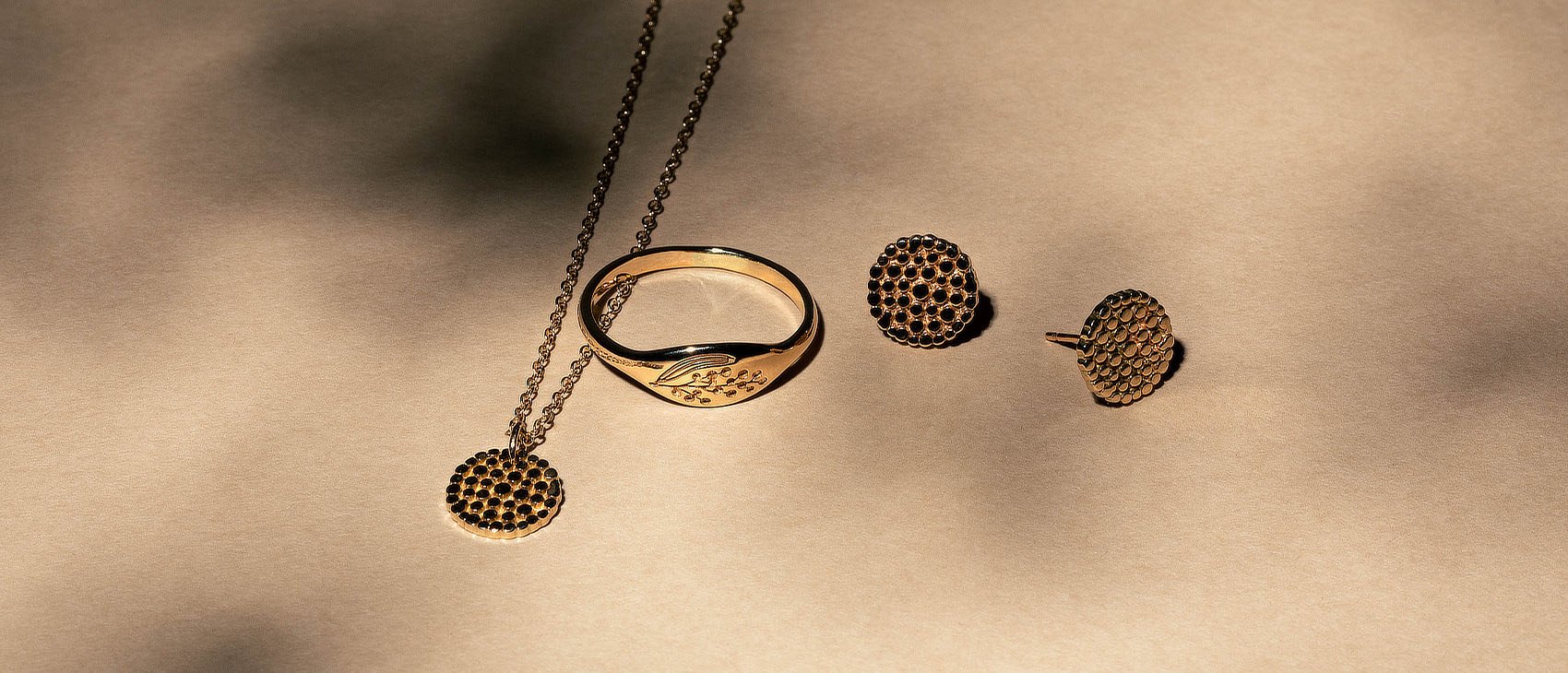
 Handmade silver necklaces Australia
Handmade silver necklaces Australia  Simone Walsh is an
Simone Walsh is an 